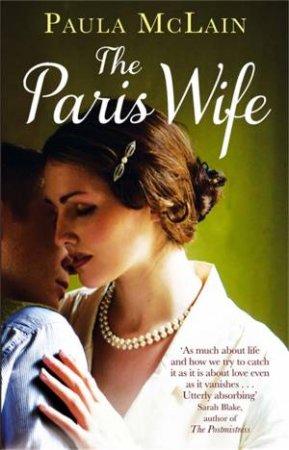

(“Did you ever think it could be like this?” “I can do anything if I have you with me.”) And it moves ploddingly. The first third of the “The Paris Wife” is its most cliché-ridden. He also invoked her with wit, selectivity and care. Historically, Hemingway used his first wife as a sounding board as he framed his own ideas. But in the context of his writing she sounds much livelier. Hadley’s real voice, at least as quoted in Hemingway’s Paris memoir, “A Moveable Feast,” isn’t dissimilar to Ms. We know what she was thinking.) And: “He was a light-footed lad on a Grecian urn chasing truth and beauty. “I was 29, feeling almost obsolete, but Ernest was 21 and white hot with life,” she confides. “And just what was happiness anyway?” She has just met the younger Hemingway at a party in Chicago in 1920 she herself wasn’t all that young during their courtship. “Why couldn’t I be happy?” she asks herself at the start of the novel. She’s slow on the uptake, and she can be a stodgy bore. McLain’s Hadley, when not in big-league company that overshadows her, isn’t a subtly drawn character. The advantage to this technique is that it allows the reader to rub shoulders and bend elbows with celebrated literary types: the stay-at-home way of feeling like the soigné figure on the book cover. Or at least she has planted Hadley in the midst of a lot of famous, ambitious people. Had she not married him, no novelist would be telling her story.īut Paula McLain has built “The Paris Wife” around Hadley. Hadley was, by all accounts including this one, a very fine and decent person, but she was the starter wife of a man who wound up treating her terribly. The heroine of “The Paris Wife” is Hadley Richardson, the athletic, sturdily built, admittedly unfashionable homebody who married Ernest Hemingway in 1921. The picture is interesting because it has absolutely nothing to do with the book it is selling.

Her face cannot be seen, but her posture radiates confidence and freedom. She wears a belted, tailored dress reminiscent of the late 1940s or early 1950s. The strikingly attractive cover of “The Paris Wife” depicts a glamorous, poised-looking woman perched in a Paris cafe.


 0 kommentar(er)
0 kommentar(er)
